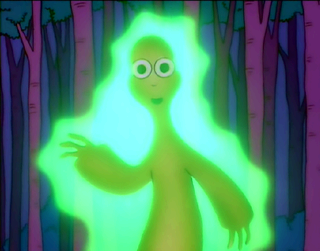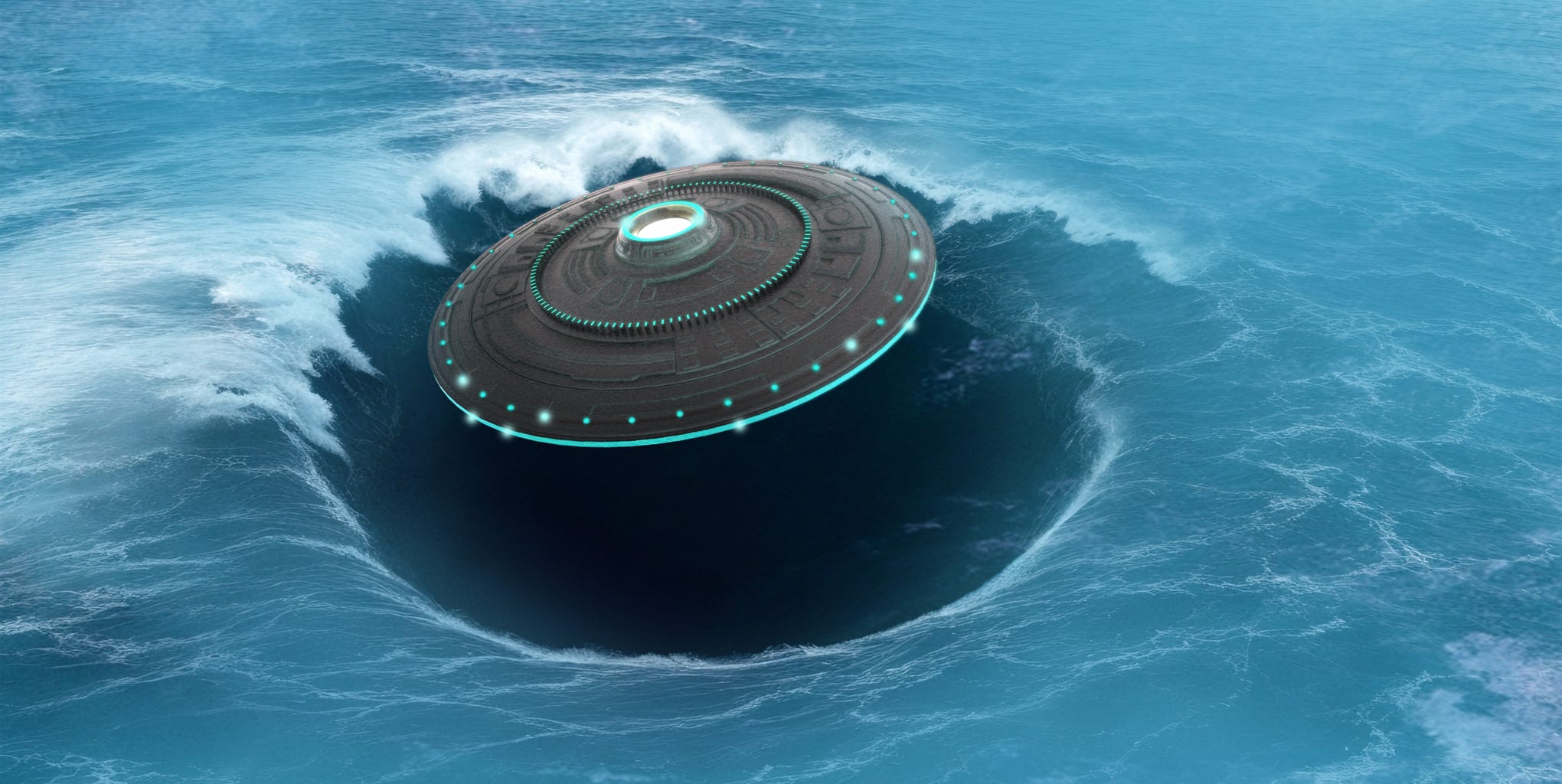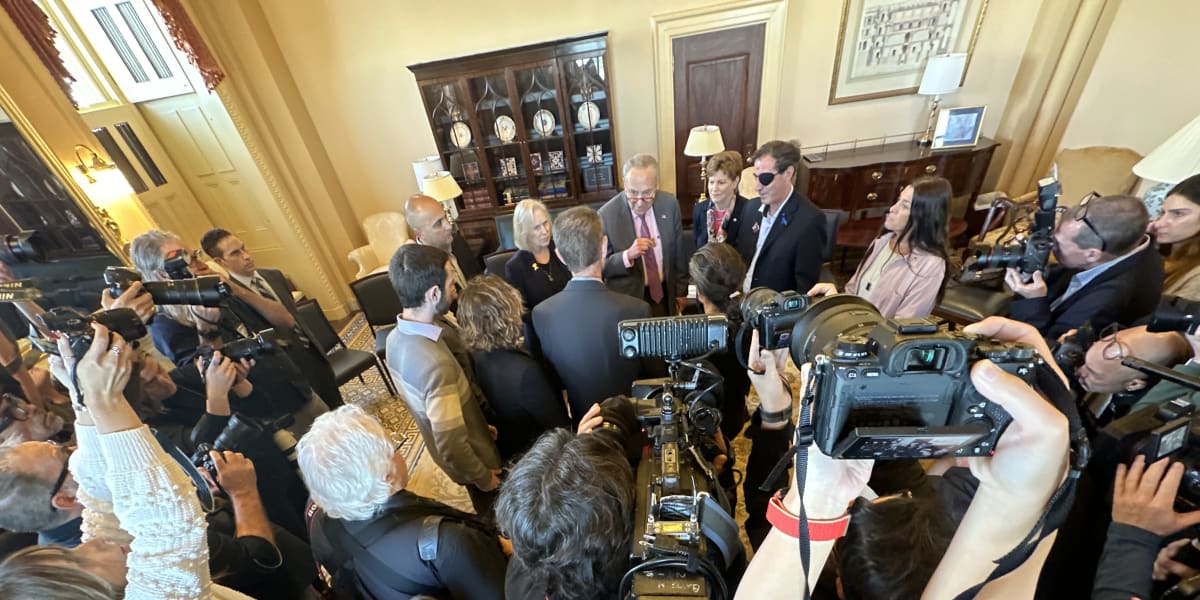- 107 Posts
- 368 Comments

 2·4 days ago
2·4 days agoJust received an email from NARA’s public affairs, which mainly states what I posted. Hopefully, I can still get some more info on the metadata.
Thank you for contacting the National Archives to inquire about UAP records. This message serves to provide you with some newly available information:
We recently published an FAQ page on this topic. Here is the link - https://www.archives.gov/research/topics/uaps/faqs.
Additionally, here is a link to the latest AC memo - https://www.archives.gov/records-mgmt/memos/ac-04-2025
Best, Public and Media Communications staff

 5·4 days ago
5·4 days agoSome NARA resources on UAP:
- Records Related to Unidentified Anomalous Phenomena (UAPs) at the National Archives
- Unidentified Anomalous Phenomena Records Collection, December 23, 2023–2024
- Bulk Downloads for Records Related to Unidentified Anomalous Phenomena (UAPs)
- Guidance to Federal Agencies on Unidentified Anomalous Phenomena Records Collection
- Memorandum AC 13.2024
- Memorandum AC 26.2024
- Memorandum AC 39.2024
- Memorandum AC 04.2025
- FAQs (Just added today.)

 5·4 days ago
5·4 days agoI’ve been on a wild goose chase asking around the National Archives for clarification on the UAP records transfers. I had some emails in limbo for months with no responses and just started getting traction of being referred to various emails. I mainly wanted to confirm the date agencies are expected to comply and I was requesting copies of the metadata spreadsheets that will be provided by each agency. Perhaps coincidentally, NARA just released a new memorandum today confirming September 30, 2025 as the date agencies are expected to transfer records. Keep in mind that NARA would have 30 days after receipt to make records publicly accessible on-site and 180 days to upload to their site.
The memorandum touches on the metadata I’ve been asking about, but still no word on making the full metadata spreadsheets publicly available. The metadata spreadsheets would make it clear what each agency is transferring and help better track compliance. I reached out to projects.researchservices@nara.gov earlier this week, though I’m still awaiting a response.
In the meantime, I’ve been tagging UAP records on their site. I’ve found quite a few records that haven’t been added to their main UAP page. However, I’ve also seemed to reach a limit with their search page. Searching for user tags on their site is buggy, but NARA confirmed their tech team is working on optimizing this search feature. There is also a 10,000 record cap on searches and user tag results aren’t properly displaying total records. This also put a snag in my tagging, since I was going to export all result IDs to match up against search terms to see what records are left to tag. Hopefully their upcoming fix will help with that.
So, a bit of a wait for agencies to comply. Though, some could start trickling in from now until that date. There’s ample that NARA already had online that’s well worth checking until then.

 141·6 days ago
141·6 days ago“Immaculate Constellation” is the name of the program, since it seems to be cut off by a paywall.
We’re roughly a month from both the Senate and House’s UAP hearings. The Senate will focus on AARO, which could still be interesting since they’re under new leadership. However, the House will have a broad scope and has potential to bring in a range of witnesses. If such a program does exist then hopefully we can get a witness in the hearing that can shine more light on it.

 3·23 days ago
3·23 days agoCredit to Reddit user randonaut for helping get this page established. The downloads mirror the collections outlined on the main UAP landing page. Do note that the content here is just what was already in possession of the National Archives and doesn’t reflect transfers from other government agencies. This also doesn’t seem to fully encompass the National Archive’s records either, as I have been tagging UAP related records and have come across plenty that haven’t been added to that collection. They do at least seem committed to updating these pages somewhat frequently.
I’ve also been reaching out the National Archives to confirm the status of the transfers mandated by the last NDAA. However, I’ve not gotten a hold of anyone yet that seems to have definitive information on the subject. Speaking with randonaut, I’ve at least got insight into the contact that set up the bulk download page and I’ve also reached out to additional departments there. One of my current goals is to see if the metadata spreadsheets from each agency can be shared to track who is complying and what is being transferred.

 3·23 days ago
3·23 days agoI see a lot of defeatism in other communities with news like this. It’s always good to temper expectations in advance, know that it’ll take time, and that set backs are to be expected. Regardless, it’s clear that more information will come out soon and shine a better light on what’s going on.

 6·23 days ago
6·23 days agoIt’s important to note that some amendments related to UAP and whistleblower protections were already included and will be up for consideration. There’s still potential for changes to the final NDAA, though I wouldn’t expect anything substantial outside of what’s already included.
That said, there should be UAP record transfers to the National Archives over the next month or so. It may take time for the records to be uploaded online, but they should be available for viewing in person at the archives within 30 days of their receipt. On top of that, there will be hearings in both the House and Senate in November. So, the UAPDA not getting included in this year’s NDAA should be viewed as a set back, but not a stop in momentum.

 6·29 days ago
6·29 days agoIn the next few months we should hopefully have an update to that page as the 2025 NDAA is passed. There are two UAP hearings in the works with the Senate and House that could help push for more of the UAPDA to pass this year. I’m not hopeful that everything will pass, but each bit that passes will make an impact.
I’ve been keeping an eye on the National Archives and trying to get a hold of someone there that confirm if any agency has complied with the record transfers outlined in the 2024 NDAA. Agencies just have a month left to comply, but so far nothing has been updated online besides what the archives already had in its possession. Even then, there seems to be documents that they haven’t uploaded online or added to their UAP topics page. In the meantime I’ve been helping tag UAP related records. There are already a lot of interesting historical records online, so I can only imagine what different agencies have in their possessions.

 4·2 months ago
4·2 months agoI just got his book, “Imminent”, and I’m curious what it will add to the discussion. It seems like the book and his recent appearances are aimed at reaching a broader audience than the typical UAP community. If the content is accessible and understandable to a general audience, then this could help build public interest in the topic.
This could also help stir additional whistleblowers or those with knowledge to speak out about these programs. Just yesterday in response to this book, Harald Malmgren stated on Twitter/X: ““Imminent” a book to be published tomorrow, Aug 20, by Luis Elizondo on what our government knows about UAP, or alien visitors to Earth. This book breaches a dam & I expect will likely be gradually followed by more awakening disclosures ahead”
And his follow up tweet: “60+ years ago I was provided highest level classifications to lead DOD work on nuclear weapons&anti-missile defense. Informally briefed on “otherworld technologies” by CIA’s Richard Bissel (who had been in charge of Skunkworks, Area 51, Los Alamos, etc.) but sworn to secrecy.”
These books, articles, and public statements can help put pressure on the government, particularly Congress, into seeking transparency on these programs. The UAP amendment is still in the works to be added to this year’s NDAA, so public interest could be pivotal in getting the amendment passed in full or at least build off of last year’s amendment.
Awesome photo. Though, I was thrown off by the picture. In the US we often refer to vultures as buzzards and we would likely refer to this as a hawk. I’m not sure how we messed that one up.
Where I grew up had a ton of Red-tailed Hawks and the occasional Swallow-tailed Kites. I always love seeing and hearing them around.

 4·2 months ago
4·2 months agoThat is quite a bit to go through. I actually just started a dive into UAP documents at the National Archives, so I’ve already got a pile of reading ahead of me. However, I’ll set aside some time later to glance over this.
I personally go into this subject open minded and try not to get too wrapped up in assumptions on what occurs. Incidents can vary drastically, though there are also common themes that come up in a lot of encounters. While I don’t have many specific beliefs on the phenomenon, I do appreciate people sharing their experiences and thoughts on what’s occurring.

 3·2 months ago
3·2 months agoI’m not familiar with Goodwood Revival and didn’t find much else about this particular UFO display. I guess they wrote this with assumption of knowledge of the event and perhaps its unusual performances. While I could piece together that it was a themed part of the event, it definitely benefits from context and background.
It’s not the first time I’ve seen articles on fake crashes like this. I remember seeing a school and some other groups/locations with “crashes” that made the rounds with articles written from the perspective of being real. The events themselves seem to embrace the idea well, but the reporting could use some work. The topic of UAP has grown in the news in recent years and is clearly having a lot of cultural impact.

 101·2 months ago
101·2 months agoPaywall free link: https://archive.ph/SEgu8
It’s a busy couple days for UAP articles, particularly surrounding the science and analysis. At the end of the day, the phenomenon is unknown by definition and will take science and research to understand. While some answers may be disappointing, others could lead to new insight into science and our understanding of the universe.

 6·2 months ago
6·2 months agoThanks. I’m personally used to it, but it limits the growth of Lemmy when people down vote posts just because they don’t care for them. People are less likely to engage in smaller communities when they’re subject to down votes. It’d be best if people curated their feeds by filtering out the communities they don’t want to see posts from.

 4·2 months ago
4·2 months agoThat’s a fairly spot on breakdown. The key thing is that the All-domain Anomaly Resolution Office’s goal is “resolution”, so they’ll be focusing on cases they can resolve. Some of these cases are “resolved” if they can be partially replicated.
Take for example the Eglin UAP sighting, which AARO was able to replicate “some aspects” of with a commercial lighting balloon. “AARO conducted extensive testing using one of these balloons and found it could replicate some aspects of the pilot’s account.” Because of that, the case is marked as “resolved” with “moderate” confidence.
They didn’t confirm if any of these lighting balloons had been lost. And, while these balloons are powered by cable, AARO concluded that they could have been adapted to use a battery. Though, that would also limit their time powered and make it easier to pinpoint the source of a lost balloon. But, because some elements could be replicated by making adjustments to a physically similar object they were able to “resolve” the sighting.
Even with that approach to resolution, they still have unexplained anomalous events. And, it’s completely understandable that there will be cases they can’t explain or can’t admit to publicly. However, their attempts to dismiss the truly anomalous events have been disingenuous.

 51·2 months ago
51·2 months agoYes, it’s often used as clickbait, but I hope you don’t take an adage as fact. Especially when your own source says the adage is wrong.
A 2016 study of a sample of academic journals (not news publications) that set out to test Betteridge’s law and Hinchliffe’s rule (see below) found that few titles were posed as questions and of those, few were yes/no questions and they were more often answered “yes” in the body of the article rather than “no”.
A 2018 study of 2,585 articles in four academic journals in the field of ecology similarly found that very few titles were posed as questions at all, with 1.82 percent being wh-questions and 2.15 percent being yes/no questions. Of the yes/no questions, 44 percent were answered “yes”, 34 percent “maybe”, and only 22 percent were answered “no”.
In 2015, a study of 26,000 articles from 13 news sites on the World Wide Web, conducted by a data scientist and published on his blog, found that the majority (54 percent) were yes/no questions, which divided into 20 percent “yes” answers, 17 percent “no” answers and 16 percent whose answers he could not determine.

 2·3 months ago
2·3 months agoThere seems to be a common practice of pivoting the conversation to “extraterrestrial”. Even with recent questioning of Department of Energy’s Secretary Jennifer Granholm she brought up “alien” when trying to dismiss the questions on UAP.
There could be a few reasons behind this. First, there’s still a stigma around the idea of extraterrestrials and it twists the conversation into sounding like nothing more than sci-fi.
Secondly, it takes investigation and proof to say with certainty that something is “extraterrestrial”. Hypothetically, if the government recovered a craft with a stereotypical grey alien, they can honestly say that there is no evidence it’s extraterrestrial. They can’t honestly say that it isn’t an NHI. It’d be clear at first sight that it’s not human and is of advanced intelligence based on the craft operated. But, without investigation, they can’t say what the origin is. That’s not to say that there hasn’t been recoveries and research that determined their origin, but spokespeople like Kirkpatrick can play the fool and not be overtly lying.
Thirdly, it is possible they know that the origin isn’t extraterrestrial and is instead terrestrial, interdimensional, etc. Though, I don’t recall any direct questioning of spokespeople around the other origins.
There’s a reason that the UAP amendments have focused on the term “non-human intelligence”/“NHI”. It’s important to cast a broad net and avoid semantic games. When groups like AARO/DoD and the DoE are changing the conversation to avoid answering questions, it just goes to show the need for better oversight to understand why.

 61·3 months ago
61·3 months agoThis covers something that I think about a lot with this topic, which is the vastness of Earth itself and how much goes unobserved. The majority of Earth’s skies and airspace are not being actively observed by human eyes. And, while there is radar, satellite, and other imaging, they may not have the resolution to observe all UAP. The equipment that is able to detect could potentially have filters for “noise” or objects that aren’t actively being sought out.
This was the case leading up to the UAP detected in February 2023. Radar previously had filters for objects not seen as a threat. Certain sizes, speeds, and altitudes could be ruled out from known threats such as planes, so they weren’t being monitored. Adjusting the filters lead to the objects detected and engaged over North America.
The difficulty in monitoring for UAP becomes exponentially harder as you expand to the surrounding solar system, galaxy, and universe. That’s not to say it’s not feasible to do so, just that it can be easy for an object to go undetected. You have to look with the right tools and criteria or luck out to find something.













Link to the PDF: https://documents2.theblackvault.com/documents/navy/DON-NAVY-2021-008741.pdf
There’s not a ton of substance released, but it does give some insight into the UAP Task Force, reporting, stigmas faced, and the “Tic Tac” encounter. The final slide seems fitting after multiple fully redacted pages. “Questions?”